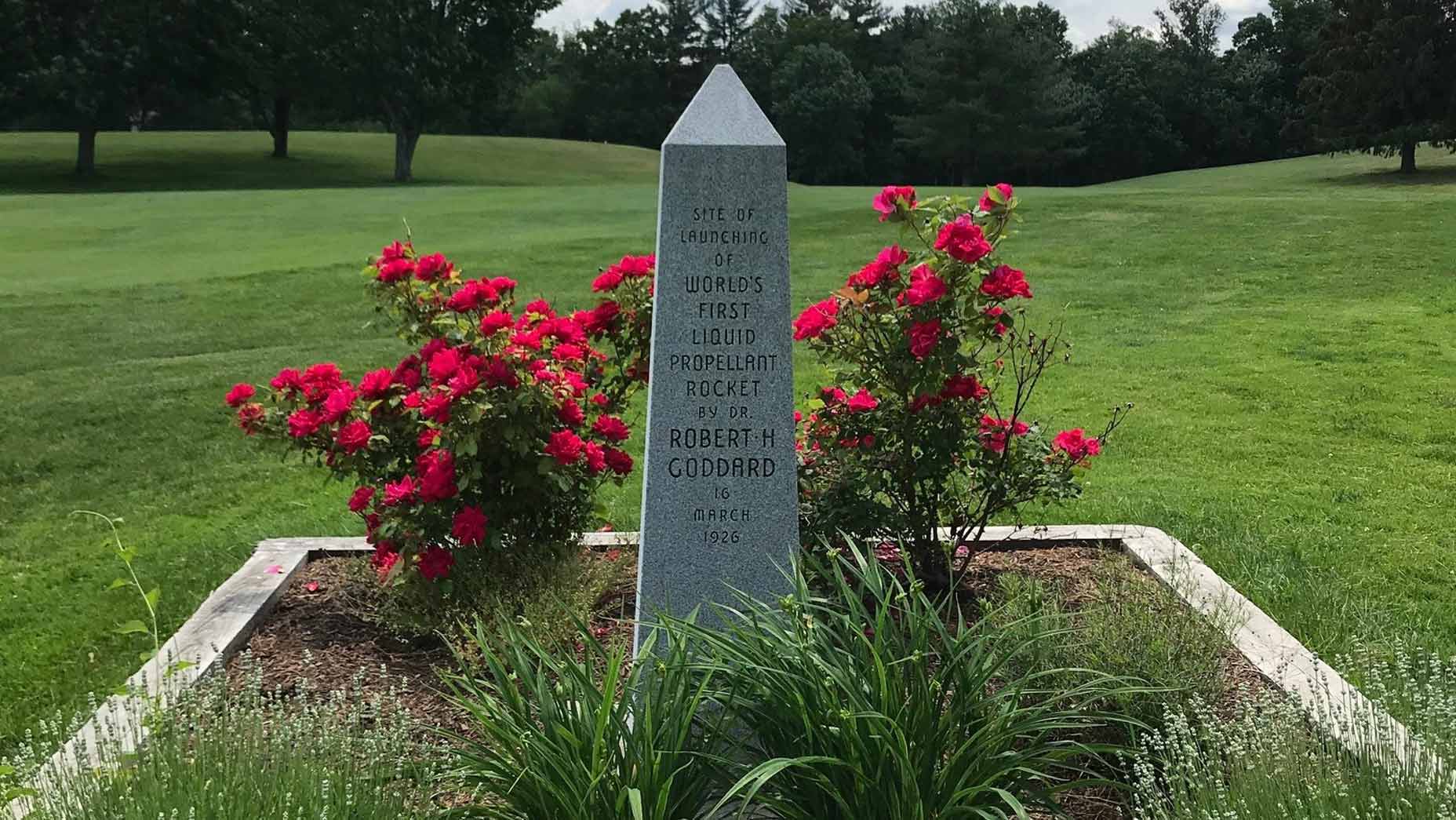This golf course costs nearly $1,000 to play — and you’ve likely never heard of it

Sensei Porcupine Creek has the look and feel of a desert oasis.
Tanveer Badal
Who designed Porcupine Creek, the most expensive course in California?
That no one seems to know (more on that shortly) is part of the mystique.
What’s certain is this: Since 2011, the impeccably kept layout and the lavish grounds around it, snug against the Santa Rosa Mountains, near Palm Springs, have belonged to Larry Ellison, co-founder of software giant Oracle, whose net worth Forbes has pegged at north of $100 billion.
With that kind of money, you can pretty much do what you want when you want, and for about a decade, Ellison maintained the property as one of his private estates. During that time, aside from the occasional pro athlete and U.S. president, few people got to play Porcupine Creek. Just seeing the course was difficult enough. To get a gander of it, you had to huff and puff along the Bump and Grind Trail, a rigorous public hiking path that cuts around the mountains, overlooking Ellison’s Shangri-La.
That kind of effort is no longer required.
In late 2022, Ellison decided that he wanted something different for Porcupine Creek. So, he tweaked the name and sharpened the purpose. It’s now Sensei Porcupine Creek, a wellness retreat.
A sensei is a teacher, usually of martial arts, but you can drop your guard when you set foot here. An air of Zen-tranquility permeates the place, and from the moment you arrive, welcomed by a staffer whose job title is “experience specialist,” you get the sense that everything will probably be okay.
Ellison is a great admirer of Japanese culture, an aesthetic that comes through in touches large and small, from Japanese cuisine by the famed chef Nobu Matsuhisa to Japanese toilets in the guest rooms, with seats that lift automatically at your approach, as if in salute.
“Guest rooms,” though, isn’t quite the term. Accommodations consist of 10 “estate” rooms, four casitas and eight stand-alone villas, all of them reflective of what happens when good taste is backed by a bottomless budget. Precisely where you sleep depends on the wellness package you select. That’s the deal at Porcupine Creek. Everybody picks from a menu of packages, which are varied in their details (spa treatments, sleep consultations, stress-reduction sessions, golf and tennis lessons, and on) but united in their focus on body and mind.
An overnight stay starts at $1,350 per person, but there’s a two-night minimum and few limits beyond that. A package called the “sabbatical experience,” for instance, which includes weekly check-ins with a dedicated “Sensei Guide,” is designed to last 30 days or longer.
In most cases, golf is a la carte. Greens fees are $950 (they drop to $650 in the searing heat of summer), but every reservation comes with a $250 resort credit that can be used toward the cost of a round.
So, what’s it like to play?
As you might expect from a course where maintenance workers far outnumber golfers (a foursome here counts as a busy day), you can, for starters, proceed at your own pace. At Porcupine Creek, they call it “peace of play.” The relaxed mood is enhanced by the surrounding landscape, which pops with bougainvillea and flows with waterfalls. In October, the course overseeds with what management says is even more ryegrass per acre than Augusta National applies. The resulting lush green fairways stretch from the valley into the shoulder of the mountains, reaching peak exhilaration at the “signature” 15th hole, a par-3 that plunges 200 feet to a wildly contoured green.


While the 15th is a hero shot, many other holes call for savvy strategy. There are drivable par-4s with creeks and ponds in play, and reachable par-5s that present all types of peril. Quirky features crop up here and there, in the form of sneaky doglegs and slyly-placed hazards. On the par-4 1st, a centerline bunker was installed in honor of former President Gerald Ford, who, when he played the course, sometimes caught the middle of the clubface but rarely found the middle of the fairway.
Or so it has been said. At Porcupine Creek, certain origin stories can be tough to verify.
One undisputed fact is that the course was built in 2004 by another billionaire, the lumber baron and developer Tim Blixseth, who dreamed up the layout as his personal playground, with reported input from Tom Weiskopf, Dave Stockton and Annika Sorenstam, though it’s unclear which player-architect did what where. Put the design question to Porcupine Creek staffers, and they’re most inclined to credit Ellison himself, who gets props for having “reimagined” the course. Part of that reimagining was the planting of forest’s-worth of palm trees around the property, along with other stunning desert flora, and the installation of giant pop-art sculptures from Ellison’s personal collection, created by the famous likes of Keith Haring and Robert Indiana.
Among those works are large representations of the numbers 1 through 9, followed by 0, standing in sequence along the gated entrance to the retreat. These numbers don’t align with the holes on the course. They are said to signify the cycle of life, 1 to 0, birth to death.

Consider it a healthy dose of perspective, which is a goal of Porcupine Creek: to get you pondering the bigger picture. To that end, a package that stands out is the “Golf Optimal Wellbeing Program,” a five-day itinerary of integrated sessions with gurus of assorted persuasions. Participants wear Whoop devices to measure biomarkers; consult with experts in emotional wellbeing; and enjoy seven hours of one-on-one instruction and unlimited access to the course.
Single nights starts at $2,075, but you’re meant to come away with the priceless pairing of a broader outlook and a better swing.
For a video tour of Porcupine Creek, check out the Instagram embed above.










